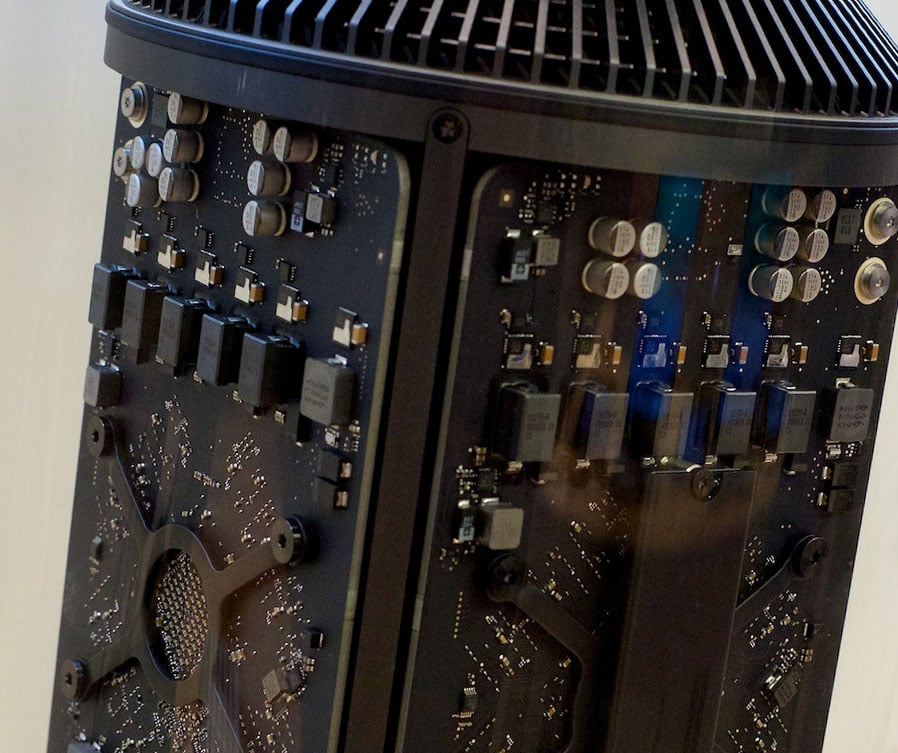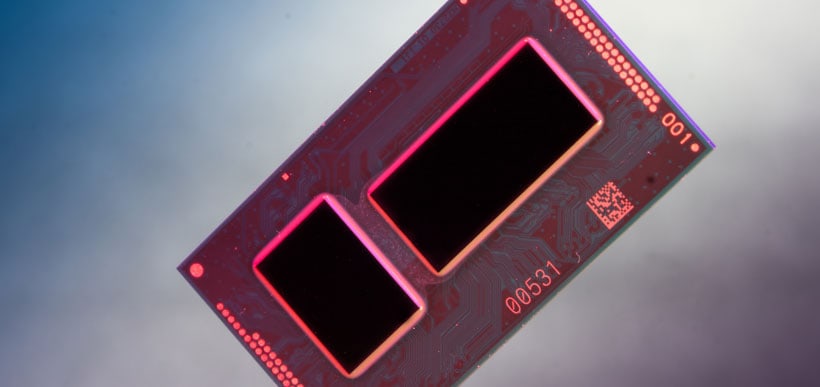The iPhone 6 is expected to be announced on September 9th, just a few weeks from now. In a normal year, the next iPhone would be well into production by now, with Apple producing the millions upon millions of devices they’ll need to meet the demand of the masses. This year, if reports are to be believed, Apple hasn’t yet finalized things as much as they would like.
According to a report out of the Wall Street Journal, Apple may still be deciding on whether or not to include the highly anticipated sapphire display on every version of the upcoming iPhone 6. The sources, named as “people familiar with the matter”, say that if Apple does decided to put a sapphire display on the iPhone 6, it’ll only be available on premium models.
The rumors of a sapphire display have been around for the last year, and started with a partnership between Apple and GT Advanced Technologies, which produces sapphire products. In current models of the iPhone, Apple uses Corning’s Gorilla Glass. Sapphire displays would allow for a near indestructible display, something that is of interest to a great number of Apple iPhone users.
The difficulty, according to the WSJ report, is that sapphire displays are hard to make and are very expensive. That is what has led to their sources saying that the iPhone 6 models that do come with this new display technology will be more expensive than those that don’t. There are also inherent problems with using sapphire displays. They aren’t as clear as glass, which makes them harder to see through in sunlight. The displays are also much more prone to shattering, which seems to go against the rationale for using them on an iPhone, which has a reputation for shattered screens.
Other rumors point towards only the 5.5-inch iPhone coming equipped with the sapphire display. It’s highly anticipated that the larger of the two new iPhones will be priced higher than the 4.7-inch version.
The report isn’t concrete, however. The report seems to be coming out at a time when Apple should have already made these decisions. If these decisions still need to be made, the larger story would seem to be that there will be very few iPhone 6 models ready for launch in mid-September.
As is per usual in these cases, the reader should take everything with a grain of salt. The Wall Street Journal does have a decent enough track record when it comes to Apple rumors, but like any other publication, they’ve been wrong almost as often as they’ve been right.
If one had to speculate, it seems entirely possible that Apple will leave the sapphire display out of the equation until they can produce enough of the product to meet their demand while keep their prices the same and their margins high. That seems like the Apple thing to do.





